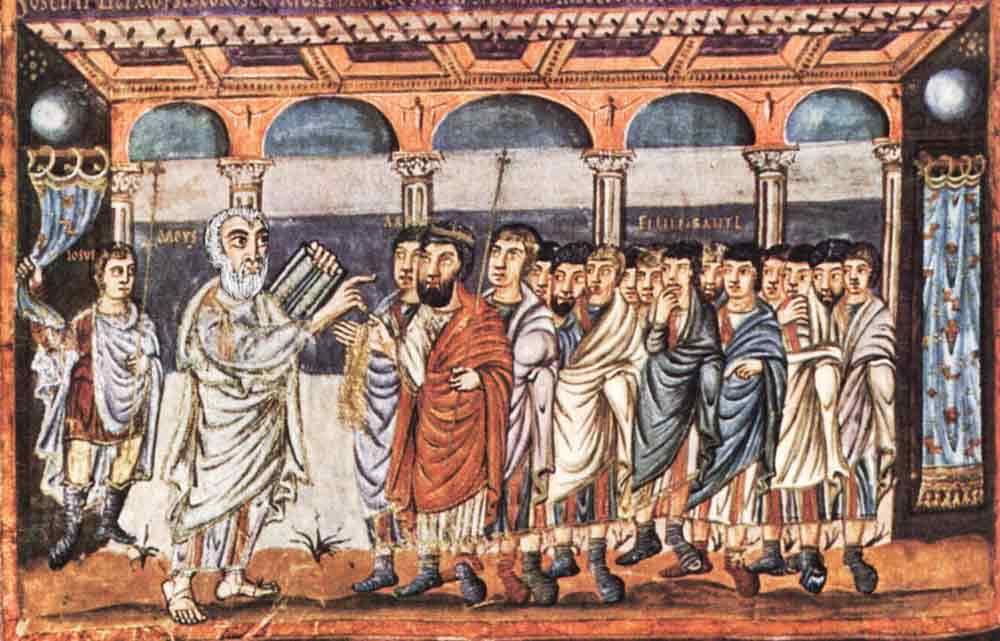
During the 1920s, another important happening in the Middle East was the progress that happened towards the creation of the state of ‘Saudi Arabia’ by coming together and integration of various distributed principalities and emirates spread across the Arabian Peninsula.
Most of the scholars from the region believe that the process of the founding of Saudi Arabia actually started was back in the 18th century. In 1744, the ruler of ‘Nejd’ region of Arabia, ‘Muhammad ibn Saud’, entered into an alliance with ‘Muhammad ibn Abd al-Wahhab’, then a religious leader and theologian. IbnAbd al-Wahhabis considered to be the founder of ‘Wahhabism’, an Islamic doctrine and religious movement within ‘Sunni’ Islam. The coalition between Ibn Saud and Ibn Abd al-Wahhab was the first step towards the creation of the Kingdom of Saudi. The initial power base was the town of ‘Diriyah’. It is considered as the ‘First Saudi state’.
During the 18th century, the Arabian Peninsula was divided into numerous principalities and emirates. Muhammad bin Saud won over them and brought them under his control. He managed to bring a considerable part of modern-day Saudi Arabia under his sway. Muhammad bin Saud was succeeded by his son Abdulaziz bin Muhammad bin Saud (1765-1803). He was later succeeded by his son Saud bin Abdulaziz bin Muhammad (1803-1814), who then was succeeded by his son Abdullah bin Saud bin Abdulaziz (1814-1818). However, later in 1818, then Ottoman Sultan sent an army under the Governor of Egypt and annexed the Saudi kingdom. This was the end of the ‘First Saudi state’.
Then later, between 1818 and 1824, with unceasing efforts of Turki bin Abdullah bin Muhammad, son of Abdullah bin Muhammad(brother of Abdulaziz bin Muhammad bin Saud), the rule of the ‘House of Saud’ was again established over the region of Nejd. Turki thus founded the ‘Second Saudi state’. Over time, he shifted his capital to Riyadh.
Though the Second Saudi state was now established, it was not as big in size as the First Saudi state. In the meantime, Turki bin Abdullah bin Muhammad (1824-1834) was followed by his son Faisal bin Turki bin Abdullah (1835-1838), to ascend the throne of the Second Saudi state. In 1838, the Ottomans briefly captured the Saud kingdom and Khalid, brother of KingAbdullah bin Saud bin Abdulaziz – the last king of the First Saudi state was made the ruler (1838-1841). However, he proved a weakling and was ousted to be succeeded to the throne by his distant relative Abdullah binThunayyan. In the intervening period, Faisal who was imprisoned and taken to Egypt, managed to free himself and returned to power in 1843. Then, for the next 22 years, until his death in 1865, he successfully ruled the kingdom.
However, during this time, the House of Saud was engaged in constant conflicts with the ‘Rashidi dynasty’ that ruled over the ‘Emirate of Ha’il’ (Ha’il is a city in the north-western part of today’s Saudi Arabia). However, neither side was able to win in these conflicts decisively. During this period Faisal’s son (grandson of Turki bin Abdullah) Abdulrahman bin Faisal bin Turki bin Abdullah sat on the Saud throne. However, feud of succession was already brewing in the House of Saud which led to the constant shifts in power. This subsequently led to the weakening of the foundation of the Second Saudi state.
As a result, in 1891, the Rashidi dynasty was successful in defeating the House of Saud and the Second Saudi state too saw its end. As a consequence, members of the House of Saud took refuge in then British-ruled Kuwait.

Of course, the Saudis were in search of an opportunity to avenge their defeat. In 1902, Abdul aziz ibn Abdul Rahman ibn Faisal ibn Turki ibn Abdullah ibn Muhammad Al Saud (famous as ‘Ibn Saud’) – the last ruler of the Second Saudi state, captured Riyadh, the capital of the Second Saudi state. From thereon, with sustained and persistent efforts of many years, Ibn Saud annexed various principalities and emirates in the Arabian Peninsula along with the ‘Ha’il’ region of the Rashidis.
By 1925, almost all of the Arabian Peninsula had come under the rule of the Ibn Saud. Hussein bin Ali, the Sharif of Mecca, had declared himself the King of Hejaz. Ibn Saud had spared only the region of Hejaz to avoid a direct conflict with the British. However, later, picking up on hints of Hussein having fallen out in favour with the British, Ibn Saud attacked Hejaz and conquered it. The British rejected Hussein’s plea for intervention terming it to be ‘an internal and a religious affair’.
Ibn Saud’s dominion was now recognized as the ‘Kingdom of Hejaz and Nejd’. Later, by 1932, Ibn Saud managed to bring almost all of the Arabian Peninsula under his absolute sway. In 1932, he also declared the founding of the state of ‘Saudi Arabia’ and proclaimed himself as the king (the Third Saudi state).
Saudi Arabia was created following the formation of Turkey and Transjordan. Later, it went on to become a country holding an extremely significant place in the geopolitics of the Middle East.

During the 1920s, many things were also taking place in ‘British Mandatory Palestine’ simultaneously with these happenings in the Middle East.
The ‘Legislative Council’ which preceded today’s ‘Knesset’ (Israeli parliament) was formed. The Council was to be a 23-member body out of which twelve councillors were elected, ten appointed and one was to be the High Commissioner. However, the Jews were given only two seats out of the twelve while the rest were given to the Arabs. Women were allowed to participate as voters and also as legislative members in the system.
All the issues and aspects about the Jews viz., religious, social, financial, education, health, social welfare, civil defence and interior affairs, defence, etc. were handed over to the Council, and from 1927 it was also permitted to collect taxes from the Jews. The Council was functional till the time parliament of Israel came into existence post its independence.
‘Hebrew’ was made the official language for conducting the affairs of the state and a Hebrew printing press was also started. The ‘Hebrew University’, the construction of which had begun in 1918, too became functional in 1925 alongside these developments.

During this period, Israel also saw efforts and experiments being put in to turn the barren land fertile. With the efforts of Rutenberg, power generation stations were already established in Israel during the decade. This was also followed by the burgeoning of several factories where production was undertaken using power. The process of infrastructure building had begun….

As these developments were progressing, the rift between the Jews and the Arabs in ‘British Mandatory Palestine’ was continuing to widen. The hate of the Arabs for the Jews was rising day by day, and the local Arab leaders were vehemently adding fuel to the fire.
In 1929, the hate finally culminated into another Arab-Jew riot. (To be continued…)












